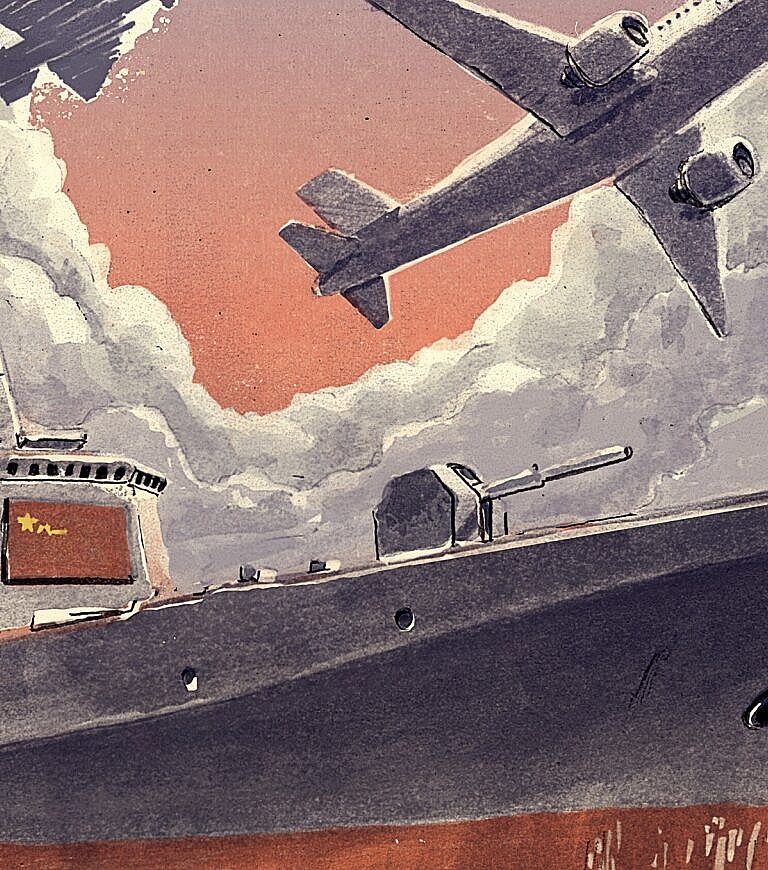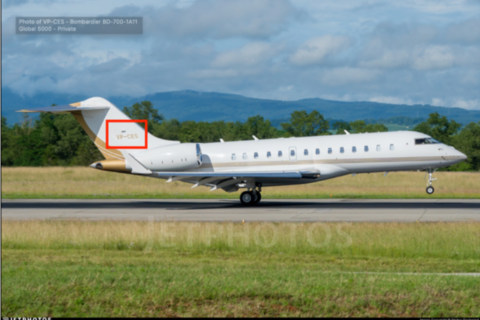Open Arms

Open Arms identifies 14 public indicators that regulators, investigators, and due diligence officers can use to evaluate the risk of exposure to China’s defense-industrial base through their relationships with Chinese partners.
Executive Summary #
In the 40 years since China’s Reform and Opening, the Chinese economy has become increasingly intertwined with those of foreign partners. Chinese firms have adopted and improved upon international best practices, integrated high-quality infrastructure, and learned from their international peers. At the same time, China’s leaders place great emphasis on transforming the People’s Liberation Army into a modern warfighting force.
With the hope of fostering a sophisticated defense-industrial base, the Chinese Communist Party (CCP) is employing a strategy called Military-Civil Fusion, or MCF. MCF seeks to harness the output of China’s civilian economy – including its global relationships- for the benefit of domestic defense supply chains.
Even as Beijing’s policies encourage Chinese companies to innovate by acquiring and adapting foreign technology, MCF is ushering them into China’s military technology supply chain, obscuring the distinction between civilian and military knowledge, research, and production.
The risk is clear. International technology companies in sensitive sectors that partner with certain Chinese businesses may be inadvertently contributing to China’s growing military capability. Thus, evaluating the risk of technology transfer for military purposes is of the utmost urgency.
Luckily, in order to pursue MCF, the PLA and its defense supply chains must become increasingly transparent to operate in a market environment. Visible indicators of participation in the defense economy are created within this market environment and can be evaluated using publicly available information (PAI).
The burden is on states, companies, and universities engaging with Chinese firms and institutions to proactively prevent misappropriation of their technology. We identify 14 public indicators that regulators, investigators, and due diligence officers can use to evaluate the risk of exposure to China’s defense-industrial base through their relationships with Chinese partners.





